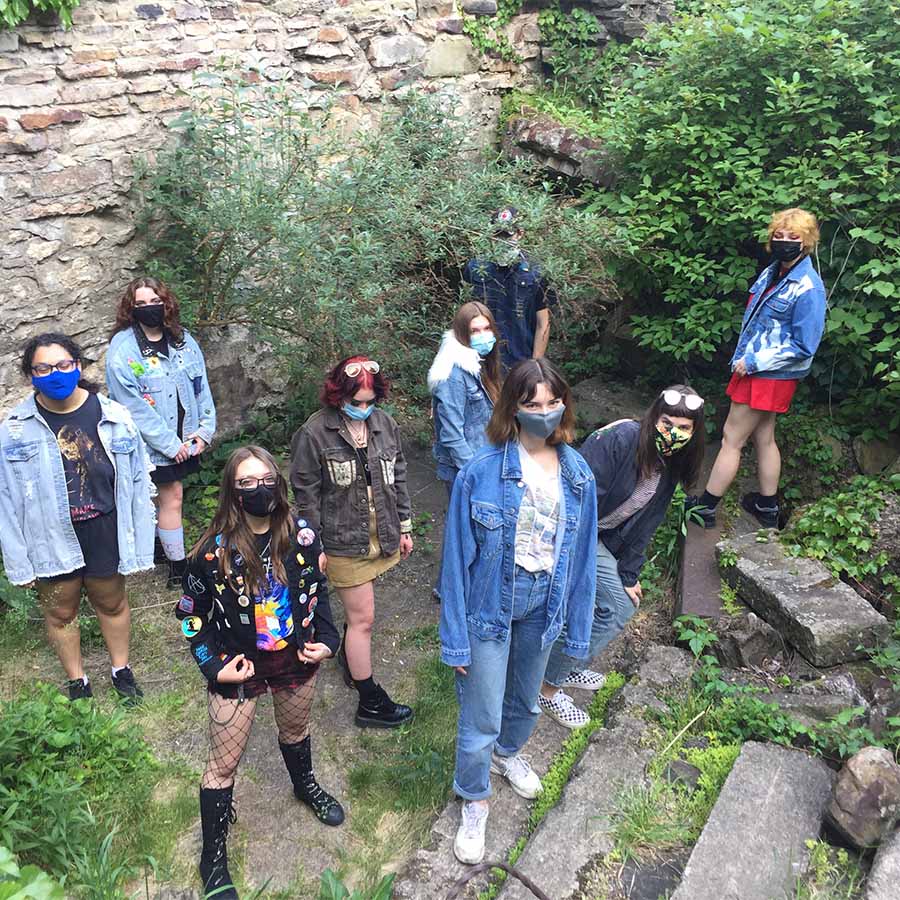This play is a reflection on the (im)possibility of accepting diversity and the other. The fragmented body of the neoplasm—the fruit of unstable conditions—overcomes barriers, loves and denies itself and others, wanders around, forgetting its profession. It frequently and with pleasure divides, goes through dangerous palpation, questions the possibility of contact with the experience of the other. Poorly brought up but very successful, it invites us to a trans-species transition.
Lorem ipsum dolor sit amet, consectetur adipiscing elit. Fusce at elit quis felis ullamcorper vehicula non in est. Maecenas finibus pharetra justo et faucibus. Nulla eu tortor vel ex volutpat efficitur. Vivamus placerat turpis in aliquet venenatis. Quisque ac lacinia mauris. Nam quis lobortis elit. Vestibulum sagittis nisi sit amet euismod hendrerit. Mauris non sodales odio. Donec efficitur molestie quam, sed lobortis massa vestibulum ut.
Nunc at arcu sodales nisi porta euismod non vel neque. Phasellus at lobortis ante, in suscipit justo. Proin non purus vitae nisi molestie consectetur. Vestibulum volutpat lobortis interdum. Vestibulum pretium ligula lorem, egestas ultricies lectus ultricies ac. Curabitur venenatis vulputate dolor.
The letters in W-A-S-T-E are containers covered in white mesh, filled with white discarded materials and objects. They are spaced on the floor so that the viewer can walk around them. W-O-M-A-N is spelled with 2’ high by 10’ long white candle letters. W-O-U-N-D is cut through drywall. A white bench contains plexiglass filled with salt and books that spell out W-I-S-D-O-M. The word W-A-R is spelled with rope light letters that can be seen hanging out the window to the right of the elevator.
Artist Statement
I wanted to work with one letter and kept writing strings of words. I could have ended up with the letter, “c” or “t” or anything but eventually, I picked “w”, I thought I could deal with the issues, I was interested in through these words at this time. Everything is white because I didn’t want colors to interfere with the conceptual process. I wanted to make something compelling. I could have portrayed waste as a messy, repelling thing but I wanted the experience to be subtle where it unfolds and takes more time to understand. I think that attention spans are too short these days and artists need to have strategies to compete or combat this. I am also interested in how a word can become architecture, exploring that idea. Where I come from in India, we save everything, everything is re-used. The logic of capitalism is to have more, to have excess, and therefore also to create more waste.
Exhibition
Anita Dube is trained as an art historian and critic. Her work is determinedly individualized yet provocatively informed by its cultural context. She has developed an aesthetic language that is partial to sculptural fragment as a cultural bearer of personal and social histories. Usually employing a variety of found objects, Dube explores a divergent range of subjects that address a profound concern for loss and regeneration- both autobiographical and societal.









